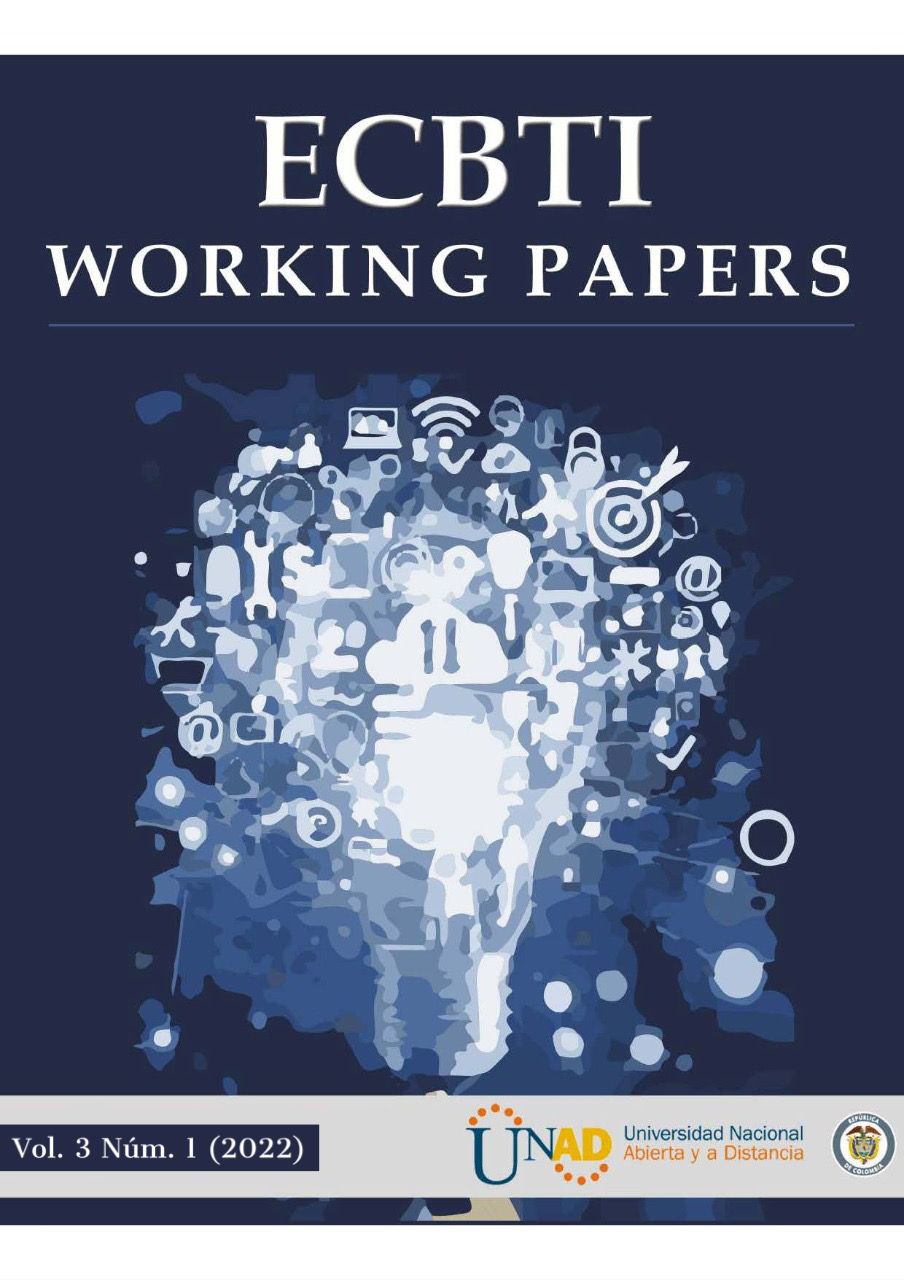Determination Of The Viability Of An Ecolodge Of The Company Galeras Travel In The Municipality Of Pasto Combining The P5 Method And The Spiral Sequence For The Formulation Of Entrepreneurship Projects
The project consists of developing a pre-investment study for a traditional type Ecolodge through the combination of the GMP P5 method and the spiral sequence for entrepreneurship projects, which arises from the insufficient use of the local ecotourism potential, caused by the absence of studies to determine its demand and the scarce supply of rural accommodation. The methodology is based on the combination of the five P's (Products, Processes, People, Planet and Prosperity) of the GPM standard and the 10 stages for the formulation of entrepreneurship projects proposed by Varela in 2014. The project consists of designing an Ecolodge, with infrastructure and sustainable operation in harmony with the authenticity of the local community and the incorporation of experiences such as cultural exchange, meditation and internalization, healthy eating, Spa and relaxation, Hiking, cycling, among others; in such a way that the bride project a unique experience of enjoying nature with a sustainable approach. The methodological design allows optimizing the formulation of the study from the project management perspective, in coordination with the Green Project Management - GPM sustainability approach through the planning, organization, direction and control of its activities.





